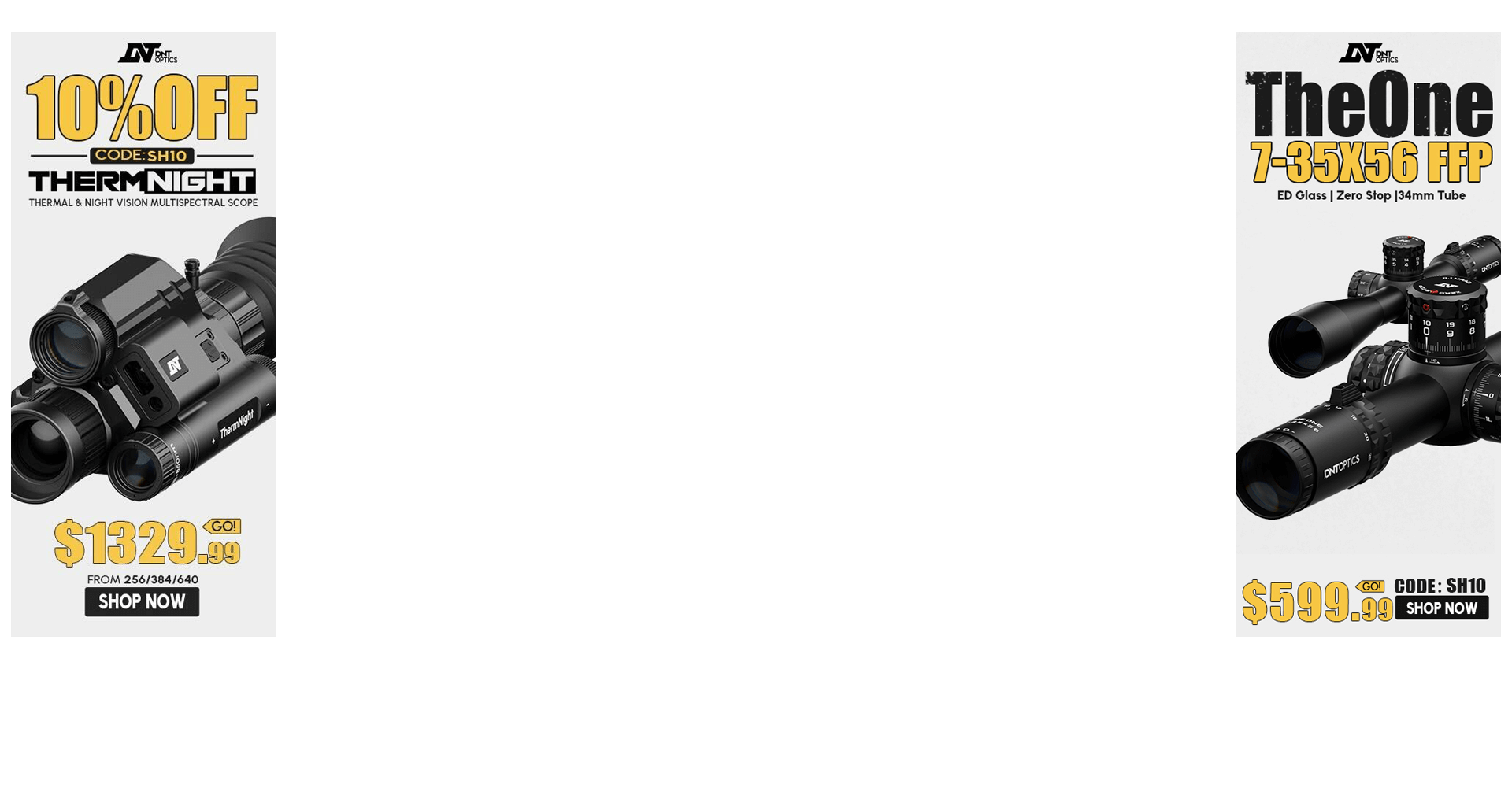Are you asking about developing an accurate load or the process of loading ammo once the load data has been determined?
I do my load development first with the same loading process as I'd load the ammo aside from maybe the full case cleaning process if I'm looking to just toss a few more rounds together to try. There's a lot of considerations I used when selecting components and most of from previous experience but as a rule of thumb buy Lapua brass if available, try to use a Hodgdon extreme powder if they have an appropriate burn rate for your chamber/bullet weight/barrel length, a good primer (can't go wrong with federal across the board) and try to use a hybrid style bullet that's not jump sensitive. I personally prefer Berger Hybrids as they're ridiculously consistent, have a great BC and I've yet to have a scenario where I couldn't start with them .020" off the lands and never have to seat them out as the throat grows.
After that I do a ladder test to watch for nodes. I determine an adequate starting charge and work up watching for flat spots in velocity and signs of pressure. For charges about 35gr or less I always test in .1gr increments (1 round per charge) since it's a higher volume percentage at lower charges. Over 35ish gr sometimes I'll jump to .2gr increments but most of the time I still use .1 increments to get finer results. I shoot over a magneto speed and really trust what it's telling me. I always start my ladder with a recently cleaned but refould barrel barrel and I put a round or two through it before the ladder to get it slightly warm and try to maintain a warm barrel but not get to hot or completely cool off for a consistent result. I don't pay too much attention to the group it's shooting because the Magnetospeed will sometimes change my accuracy but if I can shoot the rounds in a true ladder test at 500-600 yards at the same time I'll setup a camera in front of the target to count/watch the shots and use that data as well to match up close vertical dispersion to flat spots that the Magnetospeed shows. My experience has been that the Magnetospeed results are adequate. After that I test my possible nodes over several strings both watching the chrono for consistency (ES/SD) and then accuracy with the chrono off. If the load passes this I still test it at distance for vertical dispersion.
There's SOOOOOOOOO much more to load development than this though and a ton of variables. Stuff can also change (and typically does) as a barrel speeds up/breaks in. There's so much to learn that you'll never pick up just from reading others advice or books regardless of how good the knowledge is. My advice is to research a lot, double and triple verify suggestions, and learn for yourself while exercising a lot of caution on the way. Take notes too, lots of notes. You can go back on old developments to compare and see things that you may never consider. It's good to have.
My actual loading process is:
- Deprime and wet tumble brass if fired. If brass is new this is skipped but the brass is inspected (not weight sorted or anything like that). Pay attention to case growth/headspace on new brass. Growth can effect so much, there's a lot of info as to why.
- After wet tumbled and dried I double check that all of the SS pins were removed from each case and remove any pins stuck in flash holes
- On 3x fired brass this is when I will anneal
- Then I lube the brass and resize using predetermined dimensions (I like a .002" bump on the shoulders). I lube with dillon case lube on a towel I keep free of debris and only lube new cases on. I size using FL dies both bushing and non bushing depending on application. I always size new brass as well to get consistent neck tension.
- Then I trim, chamfer, and deburr the brass. I do this EVERY firing to maintain consistent neck lengths as I've seen a reduction in my ES/SD doing do. Depending on brass this is when I would also uniform primer pockets and flash holes if applicable or remove crimps. I use Lapua brass if available so all I do is the trim/chamfer/deburr.
- Then the cases go in a dry tumbler with corncob media for a couple hours to remove the lube and brass shavings. When they're done I separate the media, check the cases again for residual media and remove any in flash holes.
- Any cases that have had the mouths dented a little during tumbling (usually a couple per hundred) I will bump just enough with an expander to straighten up so it doesn't shave any jacket during seating.
- The last step is to prime, charge with powder, seat the bullet, and crimp if it's a gasgun load. I usually do my loading 20-50 in a batch. I may or may not prime all the cases at the same time or just prime each batch, then charge, then seat.
You cannot use too much caution or OCD. Label stuff, be organized, be careful, and never be afraid to double check yourself. Always keep an open mind to learning/trying new methods even if you believe yours is sound.

